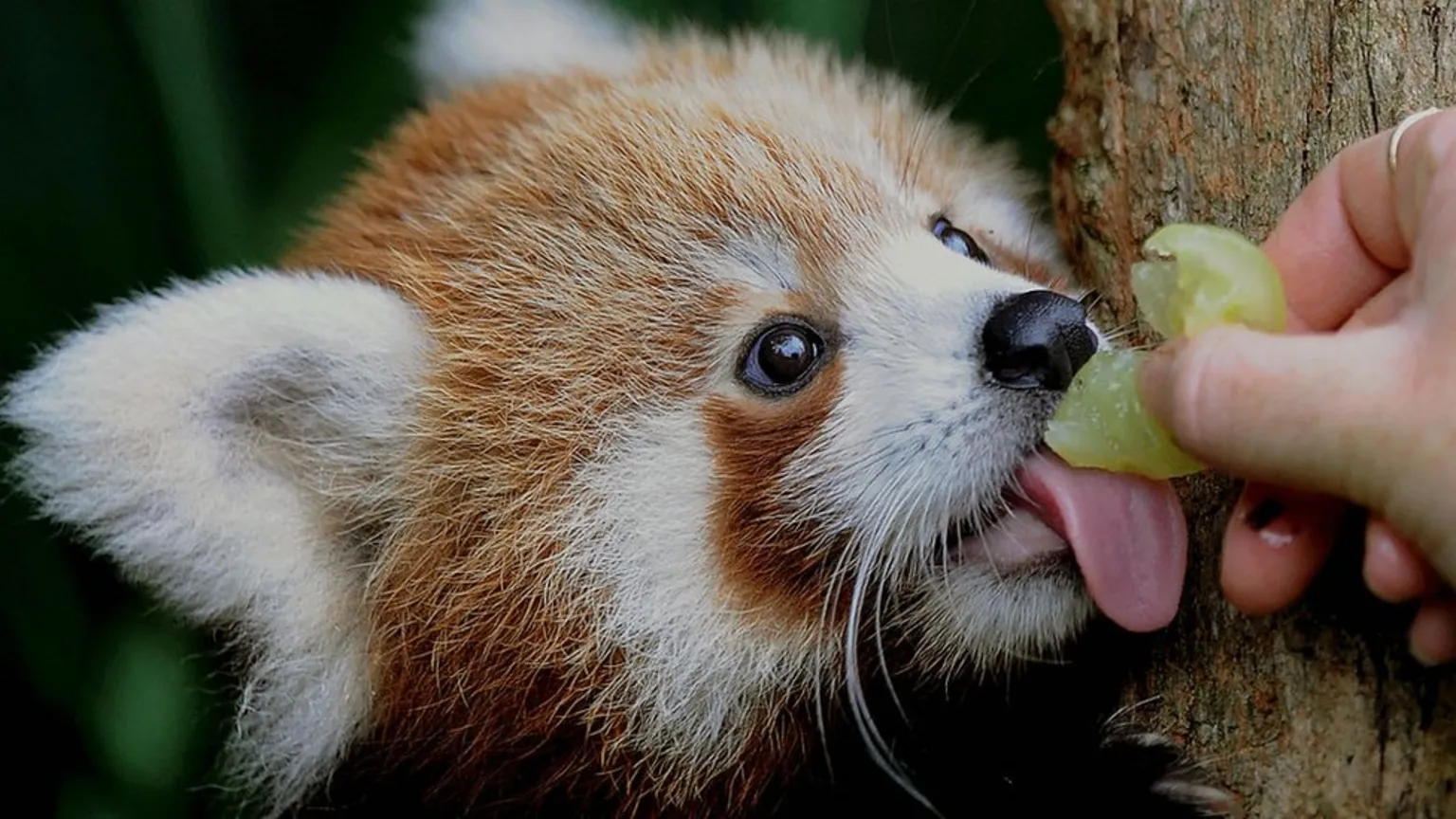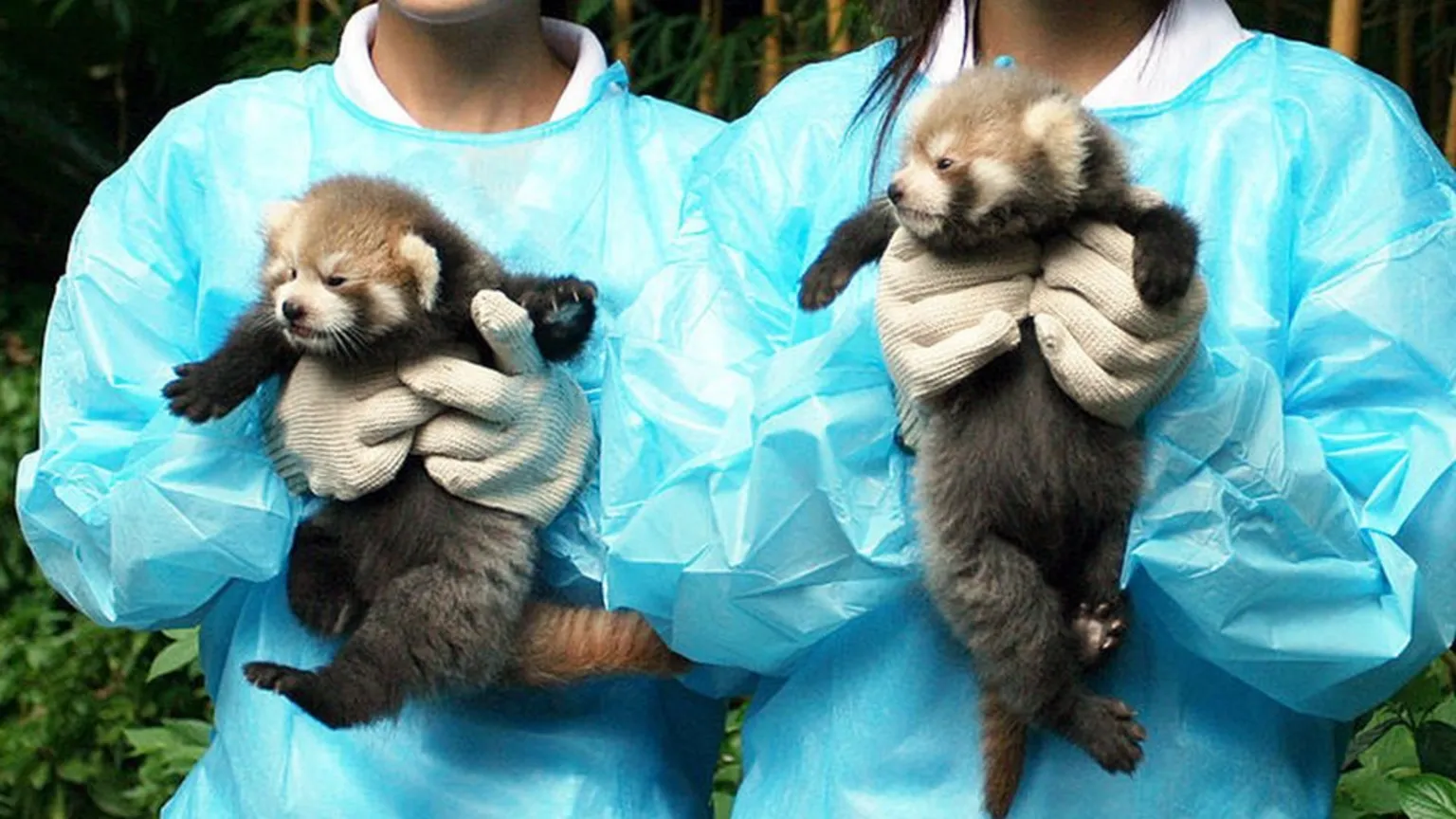The existence of two species of red pandas

Photo by wildartbysam
DNA evidence reveals that the red panda is not a single species but rather two distinct species.
Scientists emphasize that conservation efforts are increasingly crucial for protecting endangered species, as they face threats from both hunting and loss of habitat.
The red panda is found in the mountainous forests of China, India, Nepal, Bhutan, and Myanmar. However, its population is rapidly declining, with only a few thousand individuals remaining.
There have been rumors for some time that there are two different types, which are distinguishable by their physical traits. However, genetic proof has been lacking to support this claim.
Researchers in China have determined that the Chinese red panda and the Himalayan red panda should be treated as distinct species.

Himalayan Red Panda
Photo by wildartbysam
Chinese red pandas have more red fur and striped tail rings, whereas Himalayan pandas have whiter faces.
According to Yibo Hu, the Chinese Academy of Sciences lead researcher in Beijing, the Himalayan red panda requires immediate protection due to its limited genetic diversity and small population size.
According to him, to preserve the distinct genetic characteristics of both species, it is necessary to prevent them from mating in captivity and keep accurate records of their captive lineage.
The importance of conservation
A team of scientists in China examined the genetic makeup of 65 wild red pandas. The analysis uncovered the existence of two distinct species, which diverged after a river separated their populations nearly 250,000 years ago.
According to the director of plants and animals at Chester Zoo, Mike Jordan, the presence of genetic evidence has led to the conclusion that the pair of red pandas at the zoo are not just variations of one species but are, in fact, considered to be entirely different species.

Pic collected
According to the speaker, the population has dwindled to possibly only a few thousand. This division of the remaining few thousand between two distinct species may intensify the urgency for conservation efforts. At least one of the discovered species is likely facing an even greater threat than previously believed.

A picture was collected from Red panda cubs raised at a zoo in China
The adorable red panda
-
- The Ailurinae, a unique genus, are similar to bears in appearance.
-
- The population of these small mammals is diminishing due to factors such as habitat loss, poaching, and inbreeding.
-
- They primarily consume bamboo, living in trees and using their sharp, curved claws to hold onto the stems.
-
- Despite their resemblance, they are not closely related to the giant panda.
-
- All of the native countries now safeguard the Ailurinae, strictly prohibiting hunting.
The red panda, native to China, has a distinctive ringed tail. Initially, people thought it was closely related to raccoons because of its tail, but later research suggested a possible connection to bears. It belongs to a unique family and is considered one of the most evolutionarily unique and at-risk mammals globally. According to the speaker, the southwest region of China is notorious for illegally hunting this mammal, primarily for its soft and desirable bushy tail. Poachers use these tails to make hats that are considered a symbol of good luck among Chinese newlyweds.
According to her, having two distinct species allows for tailored conservation strategies that cater to each species’ unique needs and demands. The dwindling population and specialized dietary needs, coupled with the fragmentation of their natural environment, put them on the verge of extinction.
Please follow our Instagram, Thread, Twitter, Facebook, or YouTube for more blogs and news.
